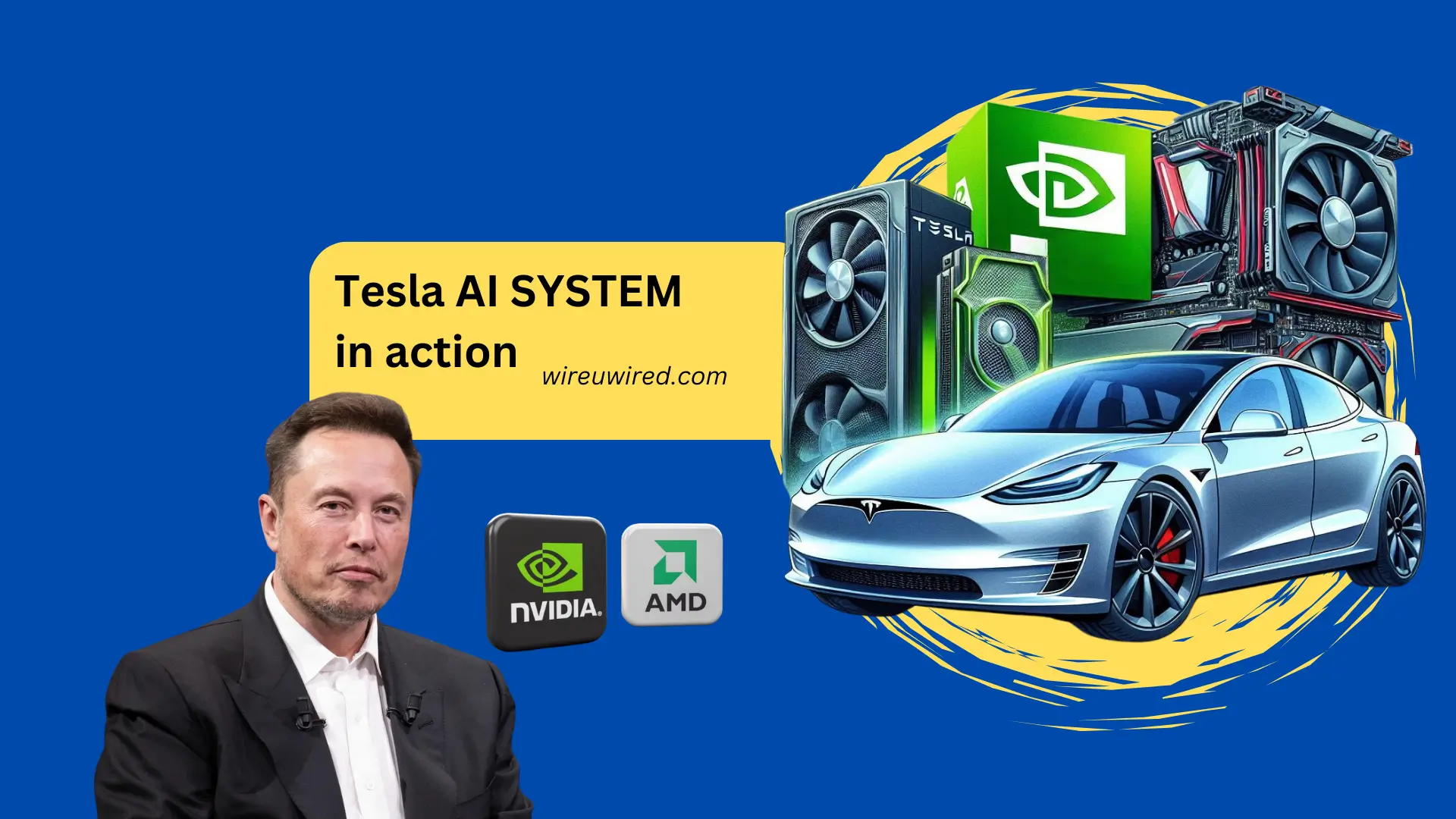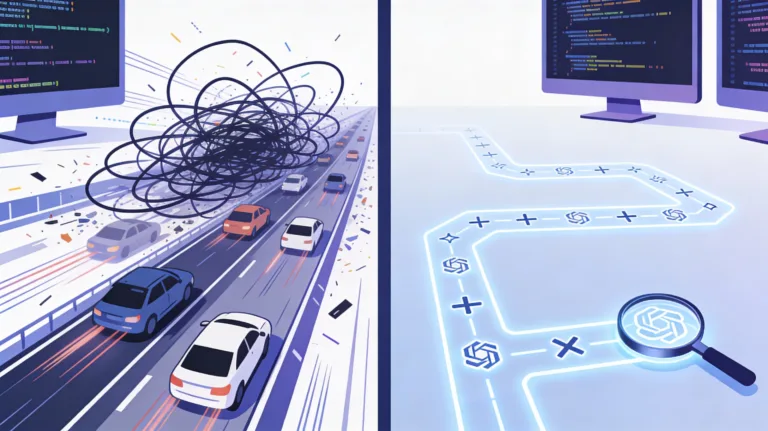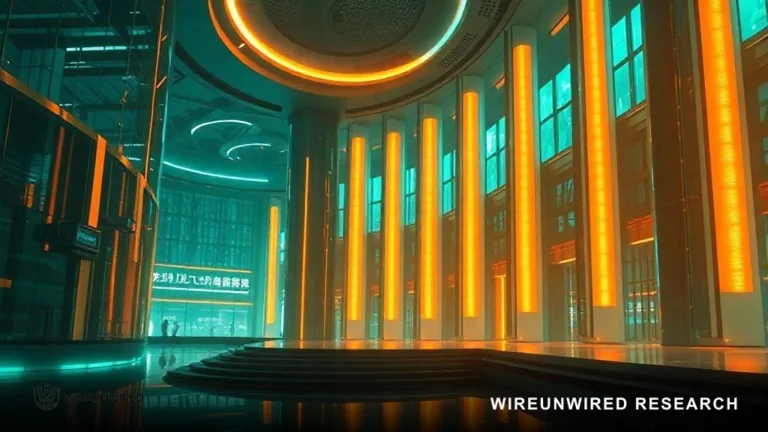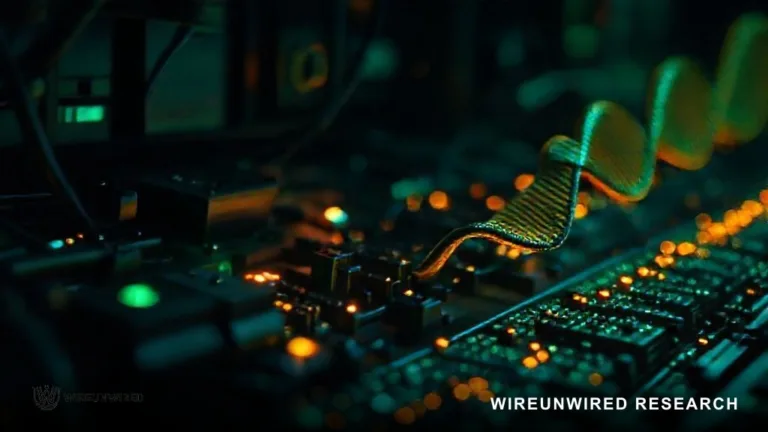Introduction
Tesla, the leading electric vehicle and clean energy company, has announced a massive deal to acquire hardware from Nvidia and AMD, two of the biggest players in the graphics processing unit (GPU) market. The deal, worth billions of dollars, is aimed at boosting Tesla AI (Artificial Intelligence) capabilities, which are essential for its autonomous driving and smart grid solutions.
But what is the difference between Nvidia and AMD? And why did Tesla choose to buy hardware from both of them? And what are some other applications of GPUs besides gaming and AI? And how does Tesla’s AI work?
Understanding GPUs: Nvidia vs AMD
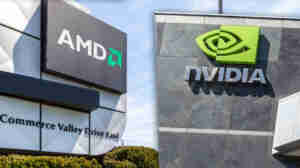
Nvidia and AMD are the leading manufacturers of GPUs, which are specialized chips that can perform parallel computations at high speed. GPUs are widely used for gaming, graphics rendering, and AI applications, such as deep learning and computer vision.
Nvidia’s Dominance
Nvidia is the dominant player in the GPU market, with a market share of about 80%. Nvidia’s GPUs are known for their high performance, power efficiency, and advanced features, such as ray tracing and tensor cores. Nvidia also offers a comprehensive software platform for AI development, called CUDA, which supports various frameworks and libraries.
AMD’s Challenge
AMD is the main challenger in the GPU market, with a market share of about 20%. AMD’s GPUs are known for their low cost, high memory bandwidth, and open source software support. AMD also offers a cross-platform API for GPU programming, called Vulkan, which enables developers to optimize their applications for different devices.
Tesla Strategy: Best of Both Worlds
Tesla has decided to buy hardware from both Nvidia and AMD, in order to diversify its sources and leverage the best of both worlds. Tesla will use Nvidia’s GPUs for its data centers, where it trains its AI models on large datasets. Tesla will also use AMD’s GPUs for its edge devices, such as its vehicles and robots, where it runs its AI models in real-time.
Tesla believes that by combining the hardware from Nvidia and AMD with its software and AI chips, it will be able to create the most advanced and scalable AI platform in the world.
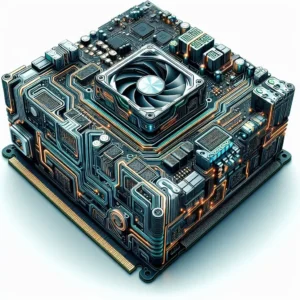
But GPUs are not only useful for gaming and AI. They have many other applications in various fields and industries. For example:
- GPUs can be used for scientific computing and simulation, such as modeling complex phenomena like climate change, fluid dynamics, molecular dynamics, quantum physics, etc.
- GPUs can be used for medical imaging and diagnosis, such as processing MRI scans, CT scans, X-rays, ultrasound images, etc.
- GPUs can be used for video editing and animation, such as applying filters, effects, transitions, etc.
- GPUs can be used for cryptocurrency mining, such as solving complex mathematical problems to verify transactions and generate new coins.
- GPUs can be used for virtual reality and augmented reality, such as rendering immersive 3D environments and overlaying digital information on real-world scenes.
These are just some of the examples of how GPUs can be used for various purposes. GPUs are versatile and powerful devices that can enable new possibilities and innovations in many domains.
How Does Tesla AI Work?
Tesla AI works by using a combination of sensors, cameras, software, and hardware to collect and analyze data from the environment and make decisions accordingly. Tesla’s AI is based on a deep neural network (DNN), which is a machine-learning technique that mimics the structure and function of the human brain. Tesla’s DNN consists of multiple layers of artificial neurons that hierarchically process information.
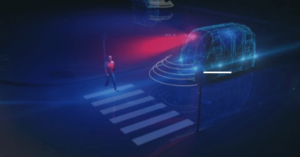
The Mechanics of Tesla AI
Vision and Planning: The Two Pillars of Tesla AI
Tesla AI has two main components: vision and planning. Vision is the ability to perceive the surroundings using cameras and other sensors and planning is the ability to decide what actions to take based on the vision input.
Tesla Vision System
Tesla’s vision system uses eight cameras mounted around the car to provide 360 degrees of visibility at up to 250 meters of range. The cameras capture raw images that are processed by Tesla’s DNN to perform tasks such as semantic segmentation (identifying different objects in the scene), object detection (locating and classifying objects), monocular depth estimation (estimating distances to objects), etc. The vision system also generates a bird’s-eye view of the scene that shows the road layout, static infrastructure, and 3D objects.
Tesla Planning System
Tesla planning system uses the output of the vision system to determine what actions to take in different scenarios. The planning system consists of several sub-systems that handle different aspects of driving behavior. For example
- Path planning: decides where to drive on the road based on lane markings, traffic signs, navigation data, etc.
- Behavior planning: decides when to change lanes or overtake other vehicles based on traffic rules, safety considerations, efficiency goals, etc.
- Trajectory planning: decides how to execute the desired path or behavior by generating smooth curves that account for vehicle dynamics, acceleration limits, steering angles, etc.
- Control: sends commands to the vehicle actuators (such as throttle, brake, steering) to follow the planned trajectory.
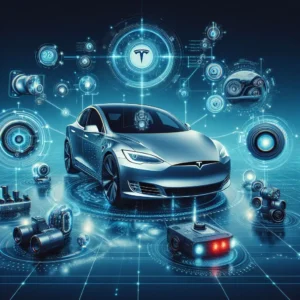
Conclusion
Tesla’s AI is constantly learning and improving from data collected from its fleet of vehicles. Tesla uses a distributed network of data centers to store and process the data and uses its hardware and software to train and deploy its AI models. Tesla also uses a system called Autobidder to manage the supply and demand of electricity in different regions, using data from its network of batteries and solar panels.
Tesla is looking for Rare Earth Metals Alternatives, Know how it impact the EV industry?
Tesla AI is not only used for its vehicles, but also for its other products and projects. Tesla recently unveiled a humanoid robot prototype, called Tesla Bot, that is intended to perform tasks that are dangerous, repetitive, or boring for humans. Tesla Bot will use the same AI software and hardware as Tesla’s vehicles, and will be able to interact with the physical world using vision, planning, and control. Tesla also plans to launch a robotaxi service, where owners can share their self-driving cars with others and earn money.
Tesla AI is one of the most advanced and ambitious in the world, and aims to make life better for humanity by accelerating the transition to sustainable energy and automation.
Discover more from WireUnwired Research
Subscribe to get the latest posts sent to your email.

